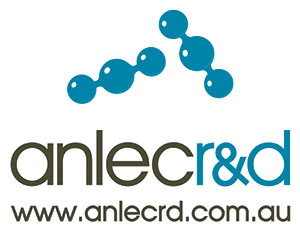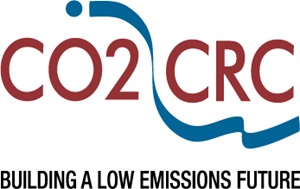The challenge
Understanding unique subsea features
The Gippsland Basin (Victoria, Australia) is being investigated as a potential location for injecting 125 Mt of Carbon Dioxide (CO2) as part of a carbon capture and storage (CCS) project called CarbonNet.
The marine environment in the area is highly dynamic. Understanding any unusual features and the natural variability of the shallow marine environment is an important consideration when calibrating equipment as well as determining spatial and temporal scales for monitoring and CCS projects.
Zoom-in of LiDAR image of the north-eastern section showing the dune-like features seabed patches, scarps and small mound features.
Remote sensing using LiDAR has revealed an area of prominent subaqueous dunes, or possibly channels, extending from the near-shore to depths. The origin and nature of these features needs to be determined in order to better understand the natural changes in the environment and how these features may have evolved over time.
The marine flora and fauna of the shallow coastal waters of Victoria are generally well known but few surveys have focussed on the Gippsland coast.
Our response
Targeted field surveys
We are investigating the nature, origin and biological significance of identified seabed dunes and channels to understand if these features may lead to differences in seabed biological assemblages.
We will be undertaking targeted field surveys to gather acoustic, visual, biological and geochemical data on several seabed sand-wave like features located offshore of Golden Beach in the Gippsland region. Investigation of these seabed features will provide insights into the dynamic processes shaping the nearshore Australian seabed and help characterise the sediment and biological communities present. Some of the data collected will also be used to develop novel approaches for rapid biological assessment using environmental (e)DNA.
e(DNA) is an emerging tool based on organismal DNA found in the environment, and is being used in ecological studies and biodiversity inventories as an alternative to traditional field survey methods. This methodology has the potential to be more efficient, non-invasive and easy-to-standardise as a sampling approach, as well as less labour intensive and costly when compared to manual counting and identification.
Modelling exchange
In addition to the field work, we will be developing a 1-dimensional model (vertical) coupled water-column/sediment model to simulate the chemistry of the nearshore environment examine the kinds of chemical changes that could be expected to occur within the marine sediments. The response of both sediment and water-column chemistry to changing conditions will be simulated.
The results
Improving our knowledge base
Investigation of these unusual seabed features will provide novel insights into dynamic processes in the nearshore Australian seabed. Understanding links between these features and biotic communities will improve ecological understanding and assist conservation of these marine ecosystems.
The high resolution acoustic sub-bottom profiling (SBP) will reveal the internal structures of the seafloor dunes, which should help to confirm their origins. The sediment samples collected from the different sites will help us to understand the relationship between sediment types, hydrodynamics and seabed morphologies.
The outcomes of this project will also include novel, rapid-assessment tools for biological indicators of environmental impact, based on (e)DNA approaches.
The 1D sediment-water column model will provide the basis for an innovative impact assessment tool, with parameterised results from this project likely to assist other offshore CCS projects in Australia and worldwide to understand related issues in their own local context.
This research is made possible through funding provided by ANLEC R&D, the Australian Government's Education Investment Fund and the CO2CRC.



